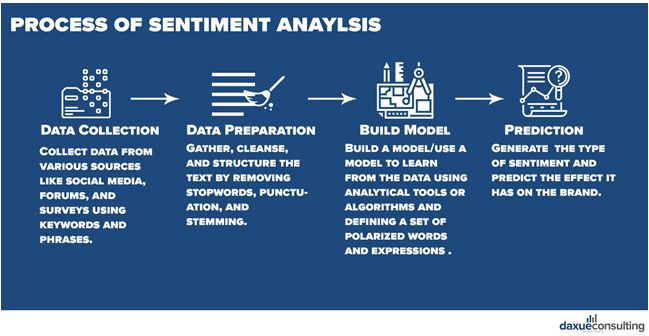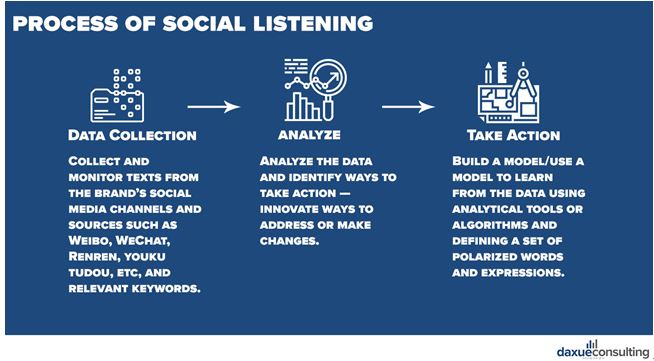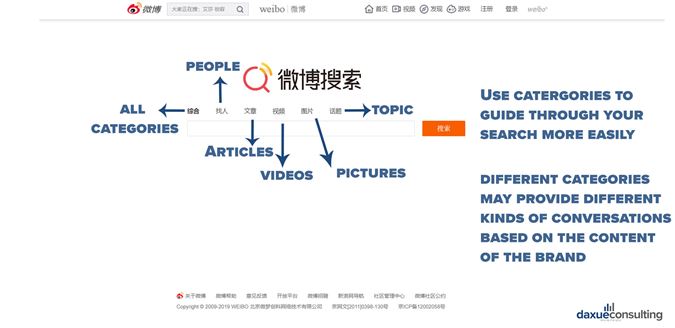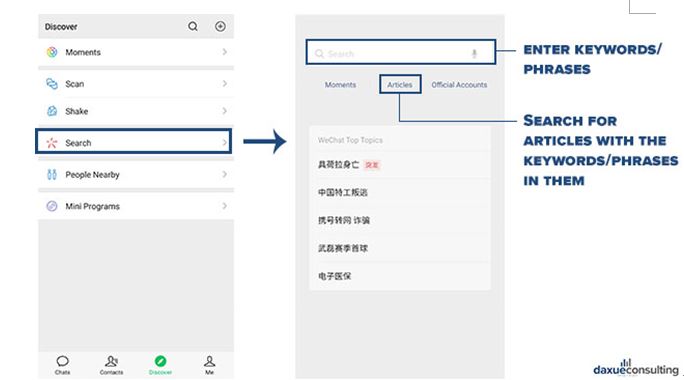Sentiment Analysis in China to track brand presence
How can foreign brands understand their brand perception in China?
Does your brand have a negative, positive, or neutral identity online? To find out what kind of identity your brand holds online, there is sentiment analysis research. Sentiment analysis combined with social listening can measure the results of your brand’s marketing across social media platforms and channels, and analyze how Chinese consumers perceive brands as well as the tone of your social mentions. This can help a brand be aware of how they can improve brand presence in China.
Sentiment analysis in China
Sentiment Analysis is the process of evaluating brand presence through social user created online content. Sentiment analysis in China is used to see whether a brand has a positive, negative, or neutral sentiment associated with it online. This includes looking at various types of customer feedback posted anywhere online and discussions about the brand products on social media. To conduct sentiment analysis research in China, daxue consulting uses tools to gather mass amounts of qualitative data, then builds models to filter and organize online comments. The process generally, but not strictly, follows:

Daxue consulting uses tools to create a model using an algorithm that allows for an input (a text or lexicons (lists of words and expressions) and a corresponding output (sentiment; e.g. positive, negative, or neutral).
Social listening in China
Social listening is the monitoring of a brand’s social media channels for digital conversations to understand what consumers are saying about the brand. You monitor for any customer feedback and direct mentions of the brand or discussions regarding specific keywords, topics, or competitors then analyze the data to gain insights. To apply social listening in China, the process is as follows:

The insights you gained can help identify opportunities for the brand and how to act on those opportunities. Just like sentiment analysis, social listening helps figure out what the audience is interested in and how they feel about the brand. Social listening can be, and often is, included in the sentiment analysis process.
Social listening for consumer trends
Social listening is also useful outside of the context of brand presence. Daxue consulting uses social listening to determine consumer trends and identify niche groups. The process starts by identifying a few keywords to use, then using software to collect online data where those words are mentioned online. Then the data is sorted to see what trends exist regarding the topic. For example, to understand Chinese travelers, the word ‘travel’ or ‘trip’ can be collected throughout many social media sites. Then the data is filtered and organized to identify what trends are arising regarding travel, whether it be new niche destinations, travel desires, or unveiling a new target consumer group.
Sentiment analysis vs. social listening in China
To be able to conduct sentiment analysis in China, having a social media account on a leading platform is not necessary. Software can collect data on the internet without needing to go through a brand account. Social listening in China is used to collect data from social media sites like WeChat, Weibo, Zhihu, and more. Sentiment analysis and social listening combined can help determine the status of a brand in the minds of consumers as well as improve the customer experience. The next step is managing brand presence in China.
How to obtain data in China
Obtaining data using sentiment analysis in China
The Internet is the leading distribution channel for conversations, trends, and developing and identify for a brand or individual. To conduct sentiment analysis in China, software sorts social media sites and platforms such as Weibo and WeChat, surveys, and reviews. The data collected from these resources serves as a form of user feedback.
On Weibo, you can search directly from the homepage as well as from the search page. To access the search page, you would complete an empty search by not entering in any words and just entering in a space in the homepage search bar to direct you there.

On WeChat, you can search for article of your brand by utilizing the search feature using keywords or phrases associated with the brand.

Obtaining data using social listening in China
To conduct social listening in China, our software can gather data from text-based and microblogging social media platforms such as blogs, Weibo, QQ, Renren (Chinese version of Facebook), and other social media sites. By looking at the discussions and texts, the company can follow how customers engage in the conversations about the brand. Since data from social media is collected in real time, this allows the brand to actively track the changes in sentiment to find the cause of the shift. Brands can see what products and campaigns received good responses and why, and if it did not, why it did not. This data not only allows us to spot what went wrong or what went right, but also the “why”. It provides clues to the reasons for the responses, hence the reasons for the sentiment.
Using social listening in China can also provide other useful information such as:
- Conversation volume: the number of social media discussions about a topic
- Conversation value: the revenue contribution correlated to a conversation about the brand or product
- Success of marketing campaigns: collect demographic data on users to determine if marketing campaigns are reaching targeted audiences
- Ratio of discussion among brands
Where are sentiment analysis and social listening most useful
Online platforms are good media outlets for conducting sentiment analysis and social listening. Social media platforms like WeChat, Weibo, and Xiaohongshu, are good resources for sentiment analysis in China because they provide real time sentiments of consumers. From WeChat and Weibo, the type of data that software collects will be conversations and discussions. Looking at these platforms, you will be able to see exactly what your brand presence in China looks like. Leading discussions that involves your brand and what type of topics are associated with it. Review based apps like Xiaohongshu will provide data that allows you to identify a customers’ sentiment towards your brand directly through what they like or dislike about it or its products. This is where you can see the “why” behind the sentiment more clearly. All social media apps are good resources for conducting social listening in China as they will be able to show what kind of discussions your brand is being mentioned in and what topics it relates to.
How brands in China use online platforms
Brands not only use online platforms to reach their targeted audience in mass but to establish a brand identity in China as well. Using online platforms, they can perform an analysis of their accounts across the platforms to track their brand identity. With each account, brand identities can fall into categories such as Business (formal), Casual, Cheeky, Humorous, etc. The type of identity that the brand identifies with will affect its positioning online and determine how it interacts with users and its followers. A brand’s positioning refers to the degree of its presence. Does it have a large presence, meaning it is well known? Then it has a good positioning. Or does it have a small presence, meaning it has not yet become large enough to be well known in the digital world?
Brands with a casual, cheeky or humorous identify tend to have a larger presence, thus a larger following on social media. The accounts also tend to interact with followers on a regular basis. This could be replying to comments and mentions, sharing user generated content, and engaging in interactive activities like polls and online Q & A’s. This does not mean that brands with more formal type of identities do not have large presence or followers. They could very well have them as well, however, interaction with users and followers do tend to be rare and not much user generated content is produced. Regarding brand identity in China, which type of identity would be the best kind to have? That with depend on what type of business you have and how you want to market your brand.
How do companies benefit from sentiment analysis and social listening?
So where can companies benefit the most from sentiment analysis and social listening in china? Customer (or user) engagement. This could be from responding to customers who mentions the brand and creating ways for customers to interact with the brand online to recognizing user generated content and so on. Companies can also greatly improve their brand presence in China as well as better establish a brand identity in China through engaging with its customers. Why should companies utilize sentiment analysis and social listening? Through the utilization of sentiment analysis and social listening, a brand can identify promising opportunities from insights. These opportunities can help the brand improve in multiple ways: in areas where it is lacking, correcting things in which it has done wrong, and improving its position and brand identity in China. Sentiment analysis and social listening can help a brand to better understand its users and customers, and are a key part to a business plan in China.
.
.

